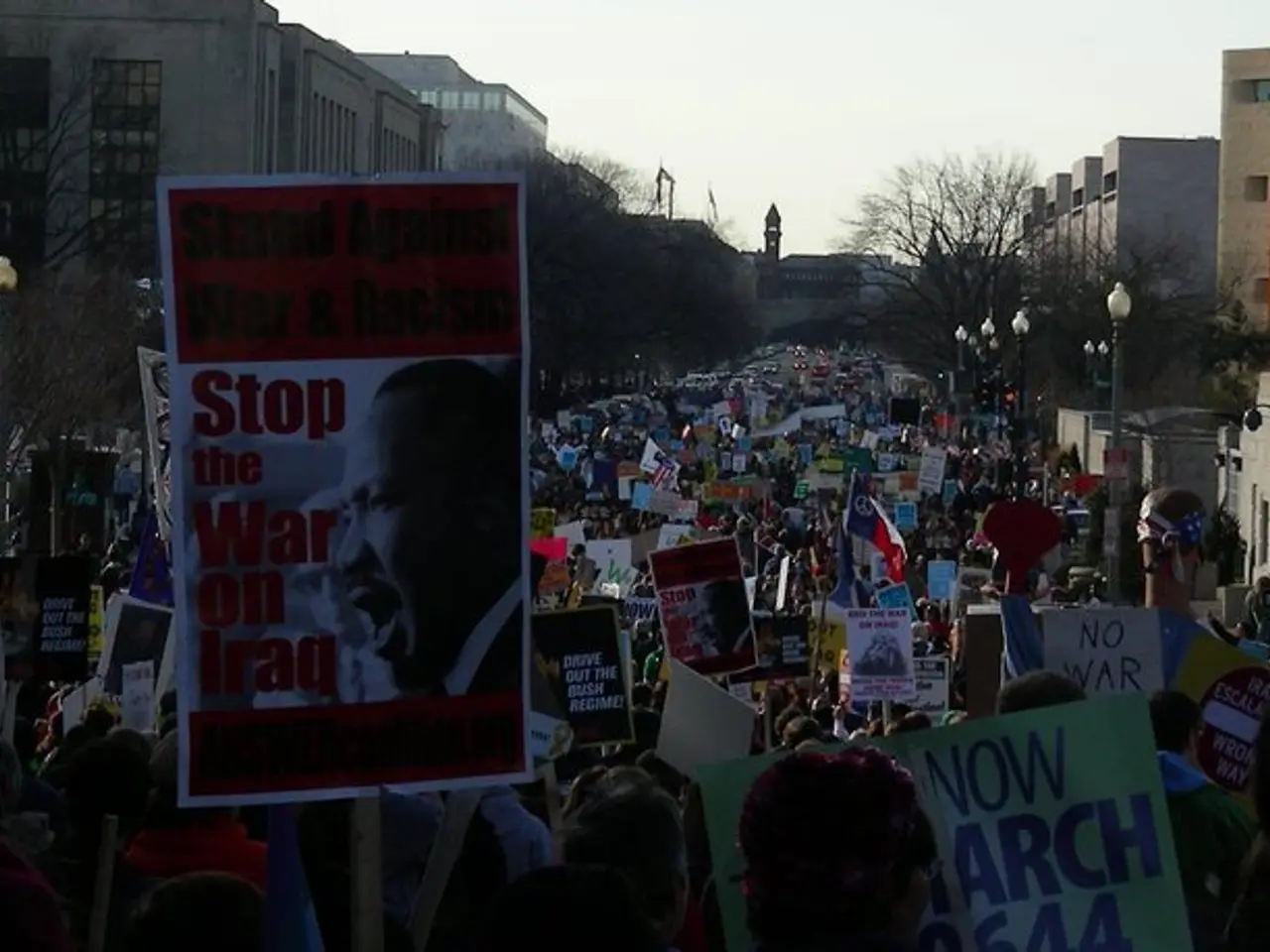Trump expected to detail plans for 'alliance upgrading,' delaying specifics
The upcoming summit between South Korean President Lee Jae Myung and US President Donald Trump is set to take place in Washington later this month, with the modernization of the South Korea-US alliance high on the agenda.
The allies have been in discussions on how to modernize their alliance, with the aim of strengthening its capabilities and military readiness. The modernization agenda, first proposed by the Trump administration, could bring significant changes to the combined defense architecture of the alliance and the broader security landscape on the Korean Peninsula and across the Indo-Pacific region.
Key areas of focus include establishing a Combined ROK-U.S. Multi-Domain Task Force (across land, sea, air, cyber, space, and electromagnetic spectrum), resuming rotational U.S. infantry patrols on the DMZ under ROK tactical control, increasing combined missile defense and cyber defense integration, and dual-apportionment of U.S. forces for the Korean Peninsula and wider Indo-Pacific contingencies, including the Taiwan Strait.
However, discrepancies remain over U.S. troop levels and cost-sharing. The U.S. emphasizes the importance of capabilities over sheer troop numbers, while former President Trump pushed for significantly increased South Korean financial contributions to the alliance’s costs—up to $5 billion per year during his first term and even mentioning $10 billion at times, which South Korean officials considered excessive. The ongoing discussions reflect tensions over burden-sharing, with South Korea unlikely to increase funding beyond about double its current contribution.
The mandate of U.S. Forces Korea appears to be expanding toward broader strategic roles beyond defense of the peninsula, encompassing regional crisis contingencies as part of the alliance modernization. This marks a significant shift from the traditional defensive posture.
Seoul recognizes the need for deeper discussions on strategic flexibility of U.S. Forces Korea, based on the 2006 agreement. The leaders of South Korea and the United States are expected to agree in principle to modernize the alliance at their upcoming summit.
The summit will also address the North Korea nuclear issue and trade, particularly tariffs. US Undersecretary of Defense Elbridge Colby suggested that Seoul should take greater responsibility in countering North Korean threats and reiterated Washington's call for increased defense spending. The ROK, referring to South Korea's official name, the Republic of Korea, is expected to play an expanded leading role in addressing threats from North Korea.
The allies have also been discussing the scope of alliance modernization, which could expand into technological cooperation. The 2006 agreement, in which South Korea agreed to respect the "necessity for strategic flexibility of the US forces," and Washington agreed to respect the "ROK position" on involving South Korea in regional conflicts, is still relevant in these discussions.
In conclusion, the modernization of the South Korea-US alliance is focused on enhancing strategic agility and military integration in response to evolving regional security challenges. While discrepancies remain over troop levels and cost-sharing, the leaders of both nations are committed to modernizing the alliance to address broader regional threats and to expand their roles in the Indo-Pacific region.
[1] "South Korea-U.S. Alliance Modernization: Key Developments and Implications." Center for Strategic and International Studies, 2021.
[2] "South Korea-U.S. Alliance: Modernization and Challenges." Korean Institute for National Unification, 2021.
[3] "South Korea-U.S. Alliance Modernization: Implications for the Indo-Pacific Region." Asia Pacific Foundation of Canada, 2021.
[4] "South Korea-U.S. Alliance Modernization: What's at Stake?" The Diplomat, 2021.
[5] "South Korea-U.S. Alliance Modernization: A New Era?" The Washington Post, 2021.
- The upcoming discussions on the modernization of the South Korea-US alliance will likely involve policy-and-legislation changes, as both nations strive to adapt their combined defense architecture to address regional security challenges.
- The ongoing politics surrounding the South Korea-US alliance, particularly regarding troop levels, cost-sharing, and strategic roles of US Forces Korea, are topics of significant general-news interest, with both countries committed to modernizing the alliance to expand their roles in the Indo-Pacific region.







